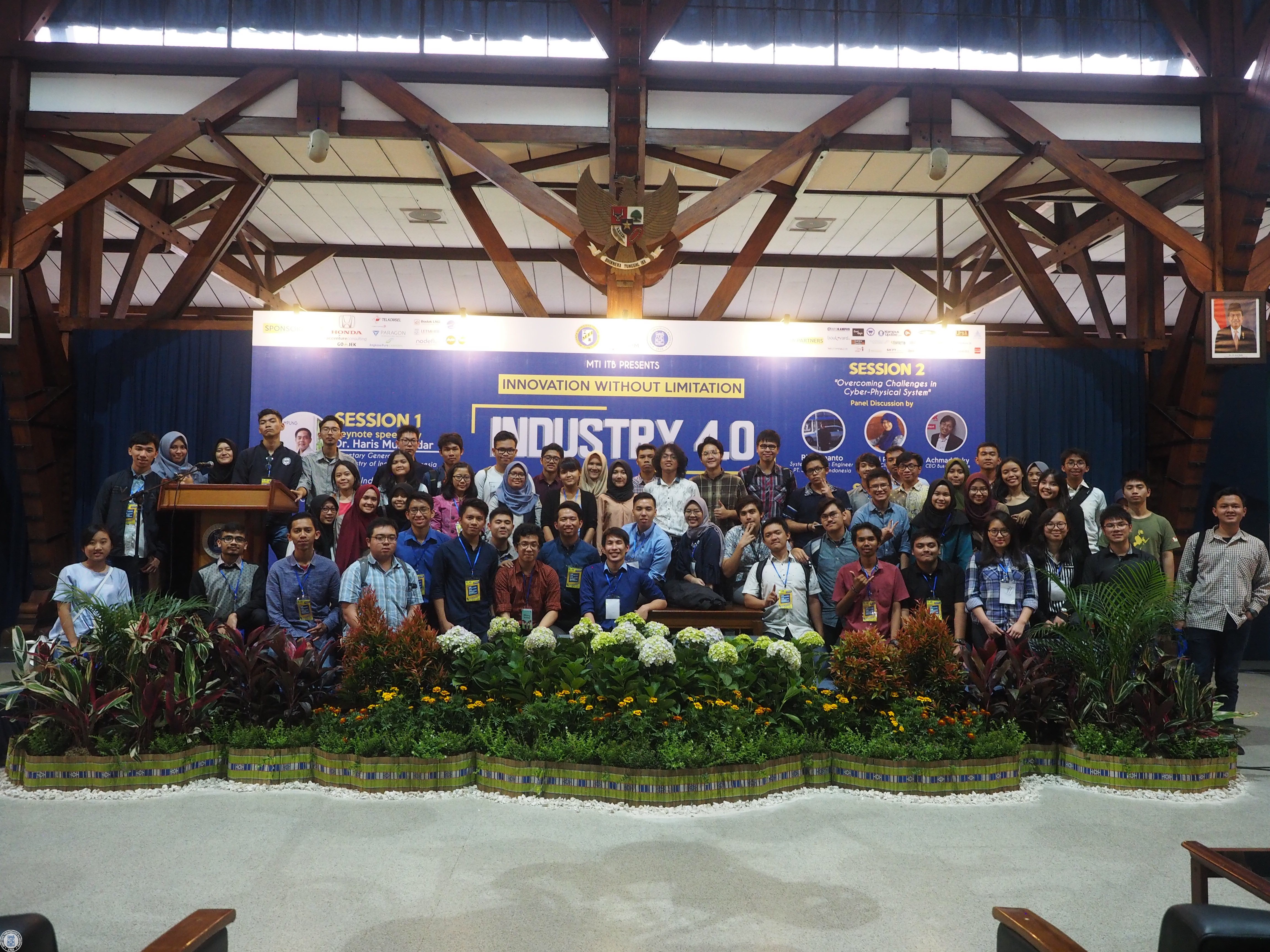Ngandong, the Resting Place of the Last Ancient Man
By Adi Permana
Editor Adi Permana
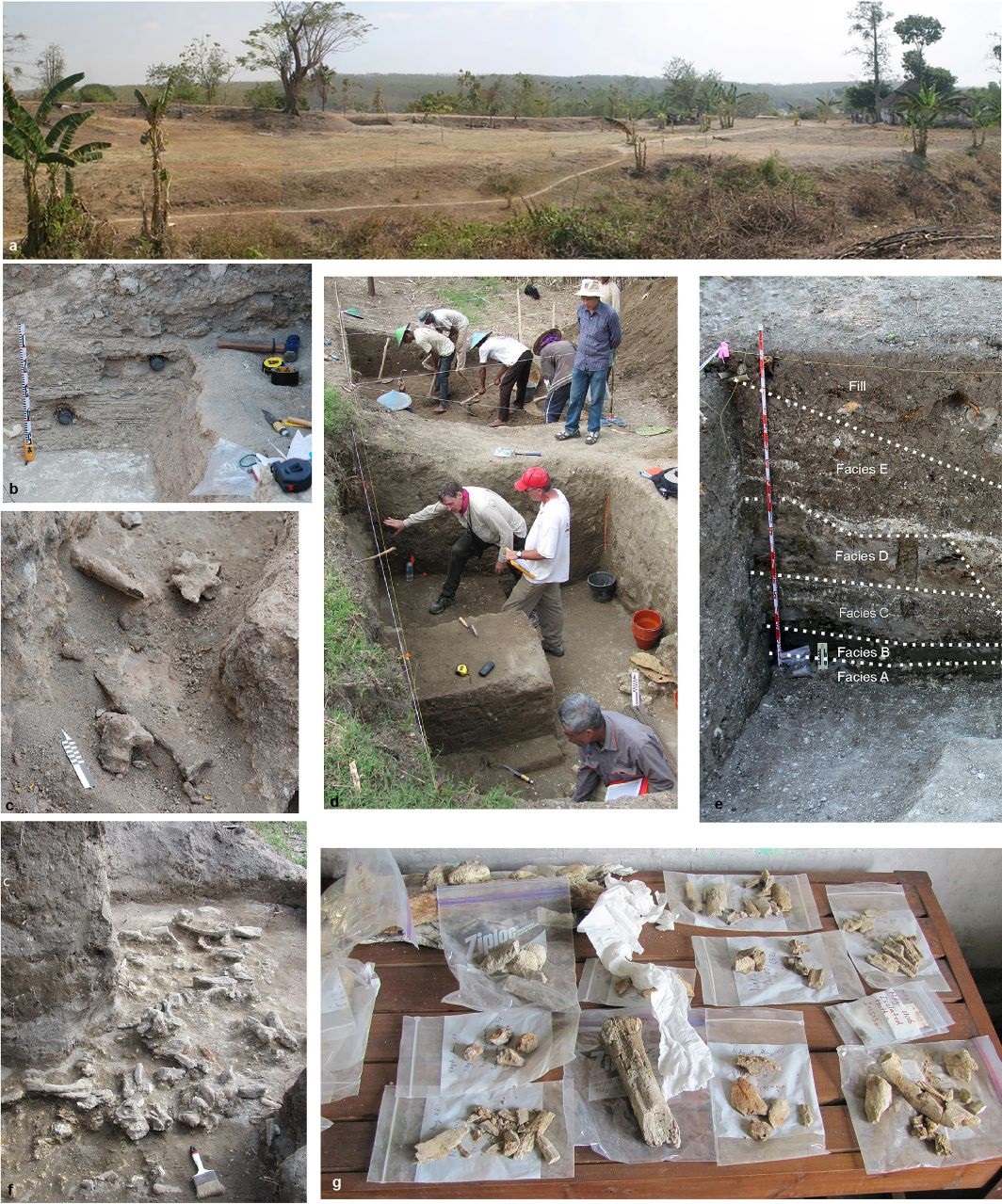
BANDUNG, itb.ac.id – In research led by ITB scientists, it was uncovered that early humans still inhabit Java until 117-108 thousand years ago. The three ITB scientists were from the Paleontology and Quaternary Geology Research Group from the Faculty of Earth Science and Technology (FEST), Prof. Dr. Ir. Yan Rizal R., Dipl.Geol and Prof. Dr. Aswan, S.T., M.T. (active lecturers), and Prof. Yahdi Zaim (retired). The team findings were published at a Q1 Scientific Journal, Nature.
Even though it is located deep in the middle of a teak forest in Blora Regency, Ngandong Hamlet has a significant role in the study of early man. In 1931, a Dutch researcher, Ter Haar, who created a map of the Bengawan Solo River path, discovered terrace deposits in an indentation on the river path.
Excavations on one of the terraces located 20 cm above the river flow yielded two ancient human skulls (calvaria). Together with Oppenoort and Von Koenigswald, excavations were carried out until 1993 and yielded 12 calvaria and 2 lower leg bones (tibia).
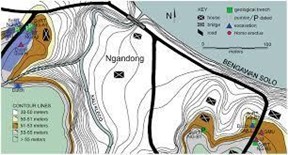
The skull found at Ngandong is larger in size and shows more advanced evolutionary characteristics compared to the fossil findings at Sangiran or Trinil. The shape of the roof of the skull, which is rounder and higher, makes this fossil declared a hominid or human, with the name Homo erectus.
The age of the Homo erectus Ngandong fossil was determined to be from the most recent era. Therefore, making the skulls the most modern Homo erectus among other findings of the earliest hominid (ancient human) species that began to inhabit the islands of Southeast Asia and traveled to the island of Java more than 1.5 million years ago.
The characteristic of the Homo erectus fossils in Ngandong is considered to be from the most recent era, making the fossils the most modern earliest hominid fossils that have ever been found. The earliest hominid is species that began to inhabit the islands of Southeast Asia and traveled to the island of Java more than 1,5 million years ago.
>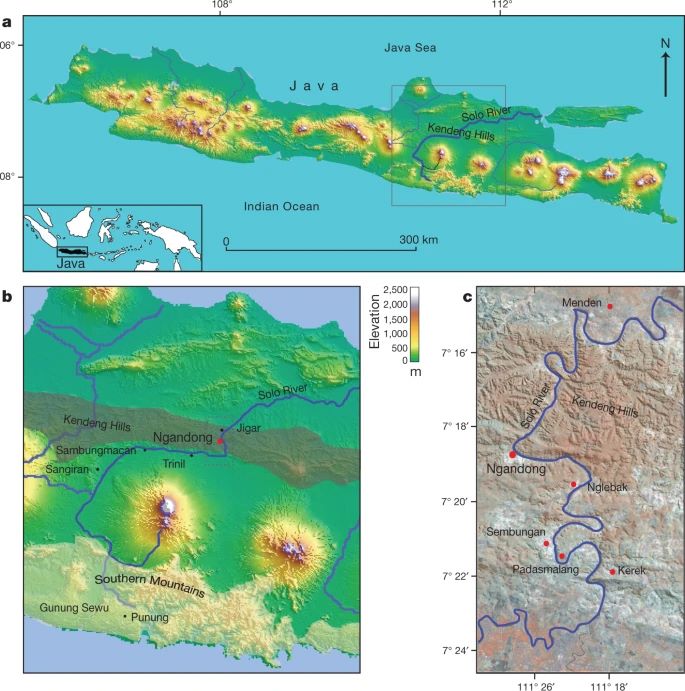
H. erectus excavation site on Java. (Source: Nature)
Behind the great importance of the Ngandong fossil, the relationship between fossils, terraces, and the age of ancient humans is still a matter of debate. The findings of mammalian fossils at the exact location, which were dated using the uranium-series test, indicate a very young age, around 53 to 27 thousand years.
These results have sparked debates about the taphonomy of the Ngandong fossil assemblage and the sedimentological context of the materials tested. Several dating tests of fossils in nearby locations also yielded chronological inconsistencies.
To answer these questions, Yan Rizal from the Department of Geology, Institut Teknologi Bandung, together with a team of scientists from various countries, used Bayesian modeling of 52 radiometric dates.
In a scientific publication in the December 2019 issue of the journal Nature, Yan Rizal and Kira E. Westaway from the Department of Earth and Environmental Sciences at Macquarie University, as well as several other scientists, for the first time showed the chronology of events for the regional, valley and local levels.
In the research process, the scientists applied the landscape context by using the U-series speleothem dating to sequence the events of the southern mountain tectonic thrust that caused the Solo River to change direction to the north through the Kendeng Mountains and form a sequence of terraced strata.
"We used Uranium-series dating from speleothems to look at the evolution of regional landscapes," said Yan Rizal, who co-authored the report in the journal Nature.
Then, to construct the core context, the team applied red thermoluminescence, post-infrared-infrared-stimulated luminescence, and Argon40/Argon39 dating techniques to local core sediments that cover the entire sequence slice, namely the Kerek terraces (top), Padasmalang (middle), and Ngandong (lower), Sembungan (bottom, mixed with Ngandong).
In addition to using a luminance of 40argon/39argon, Uranium-series dating was also carried out to see the evolutionary sequences of the cores, and the spin-electron serial resonance (US-ESR) in non-human fossils to determine the age of the Ngandong re-excavation.
Scientists found that at least 500 thousand years ago, the Solo River turned into the Kendeng Mountains and formed the Solo terrace sequence between 316 and 31 thousand years ago, while the Ngandong terrace was formed between 140 and 92,000 years ago.
Non-human fossils found during the Ngandong excavation indicate ages between 109 and 106,000 years using the minimum serial-uranium method and 117 to 108,000 years using the US-ESR method. "Through age modeling, the Homo erectus fossil plots are between 117 and 108,000 years old, which is an accumulation at the time of flooding," said Yan Rizal.
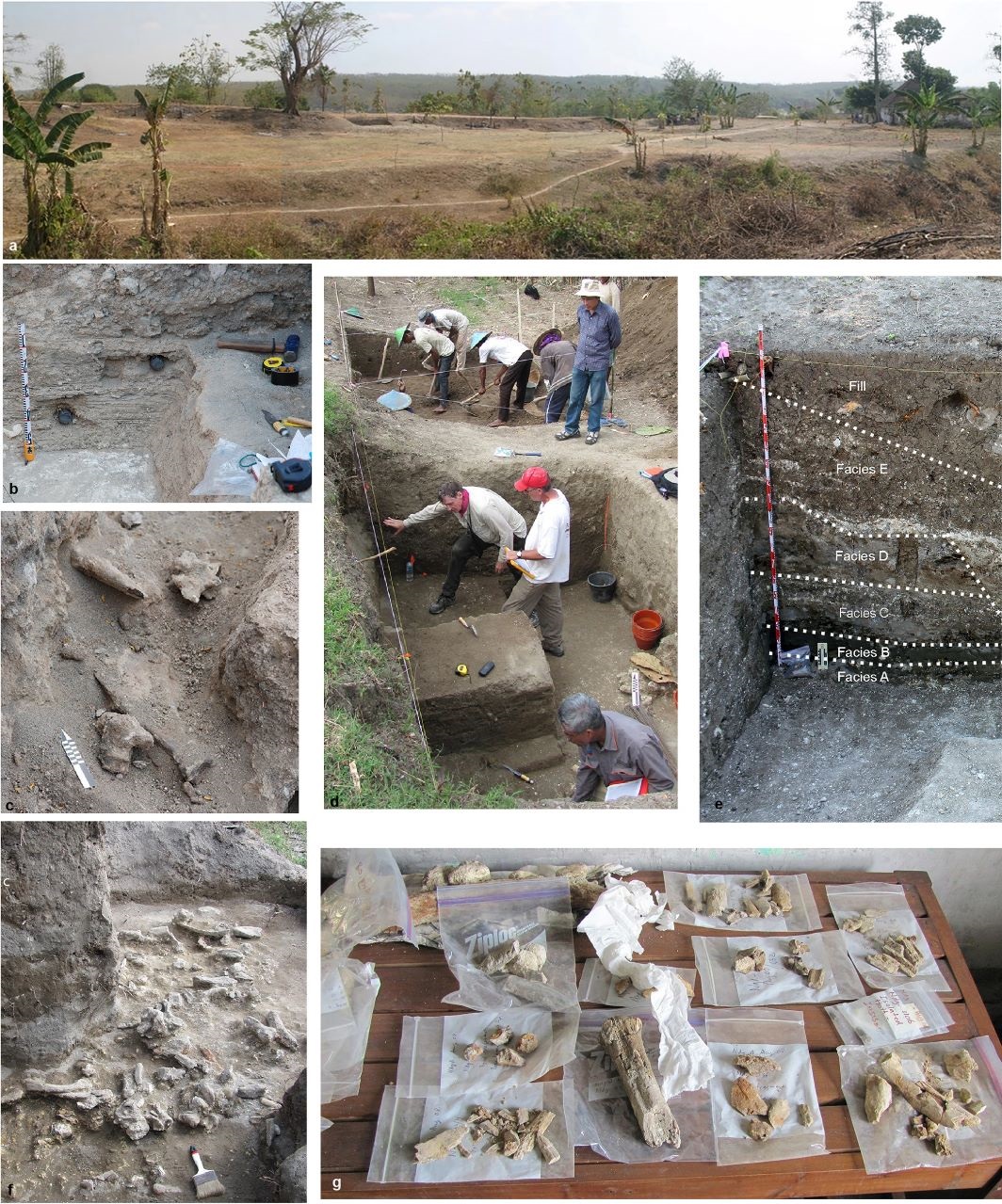
*Photos of the 2008 and 2010 Ngandong fossil excavations. (Source: Nature)
This study categorizes the Ngandong location into three precise period contexts: the Kendeng Mountains landscape, the Solo River terrace, and the Ngandong fossil plot. "By considering the age to be 117,000 to 108,000 years, the Ngandong fossil plot can finally be assumed to be in the right position in the biostratigraphic sequence of hominins in the Southeast Asian Archipelago," explained Rizal.
This finding also dispels the argument about the extreme age ranges that suggest fossil findings in Ngandong are 'too young', thus giving rise to opinions that open up the possibility of the fossils belonging to a modern human era.
Publication Link:
https://www.nature.com/articles/s41586-019-1863-2

.jpg)
.jpg)
.jpg)
.jpg)
.jpg)

